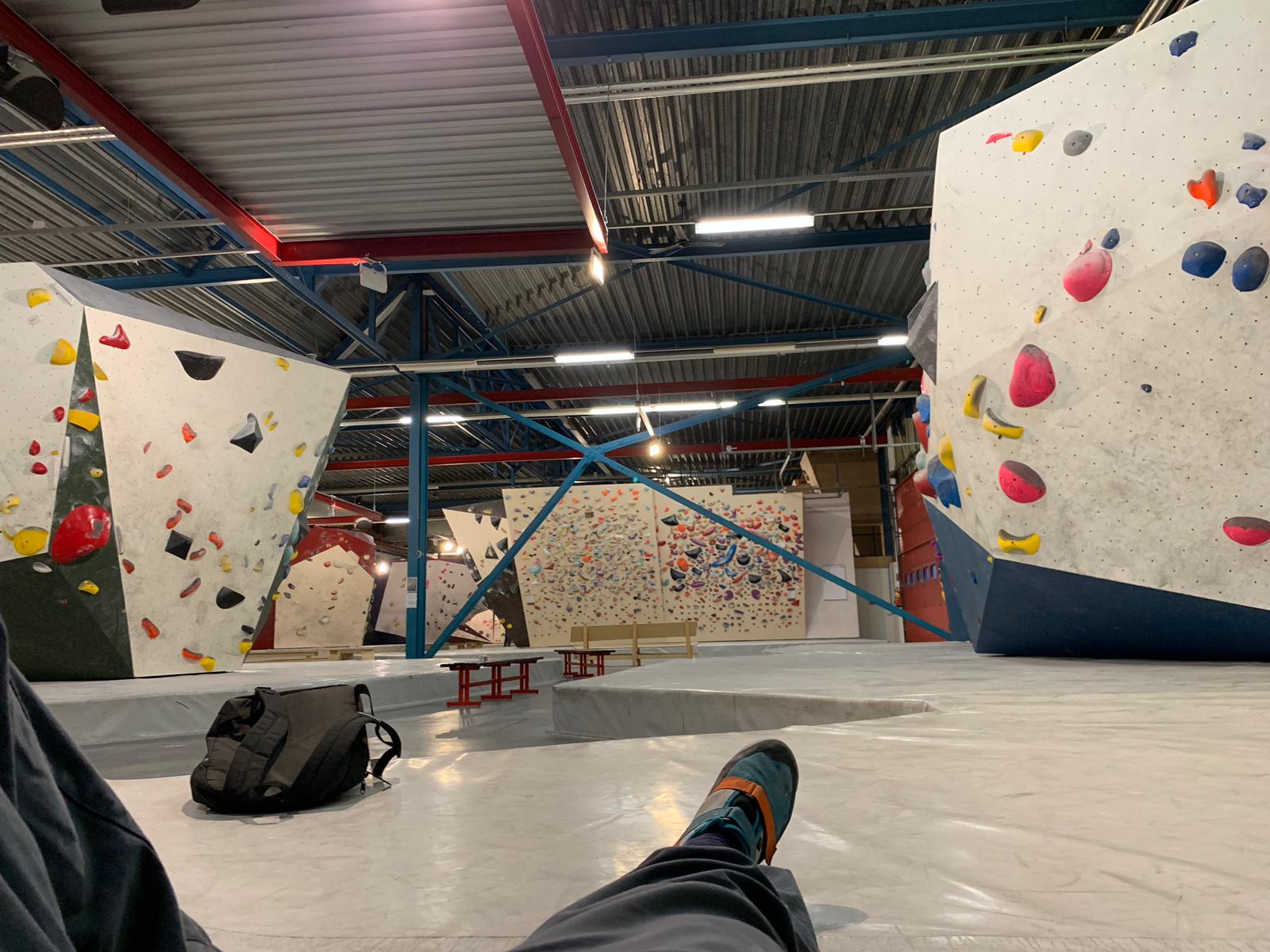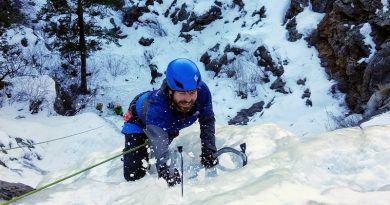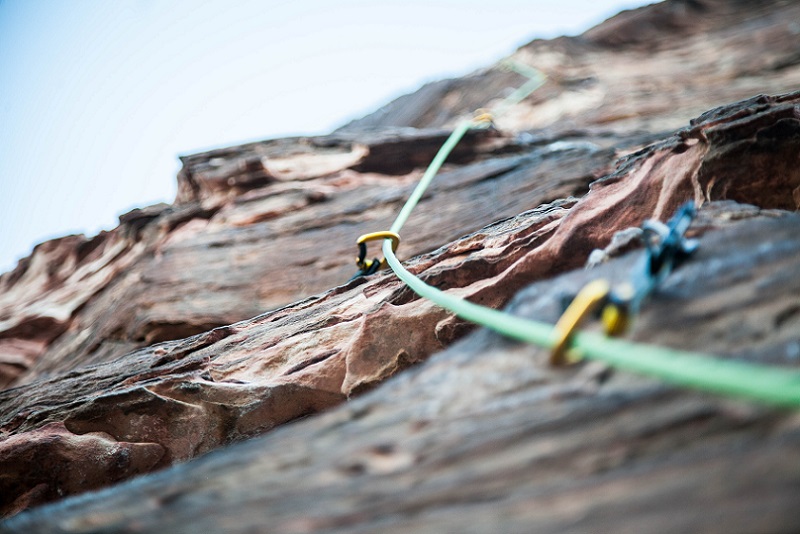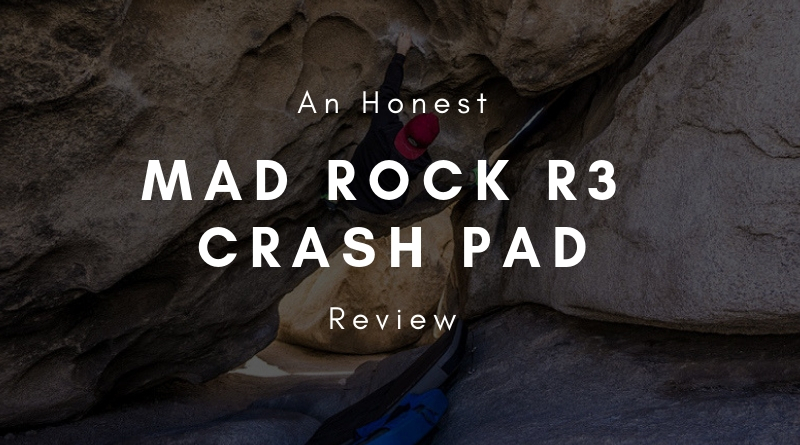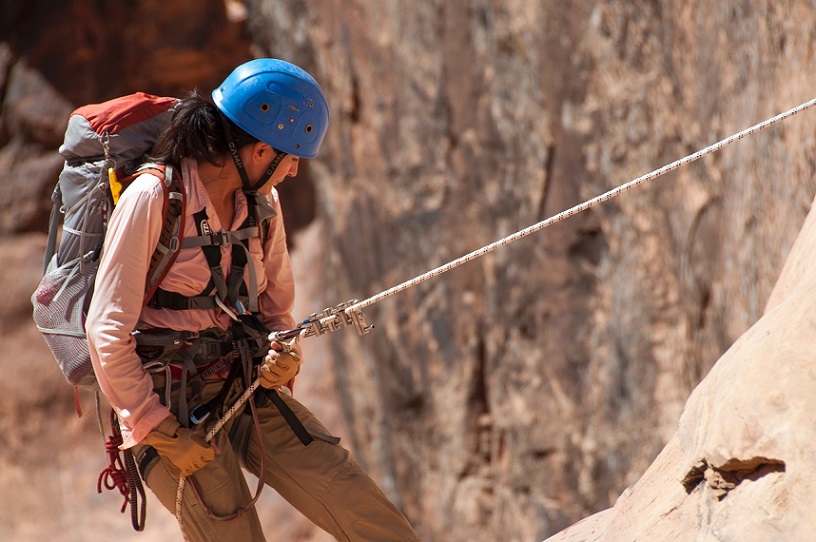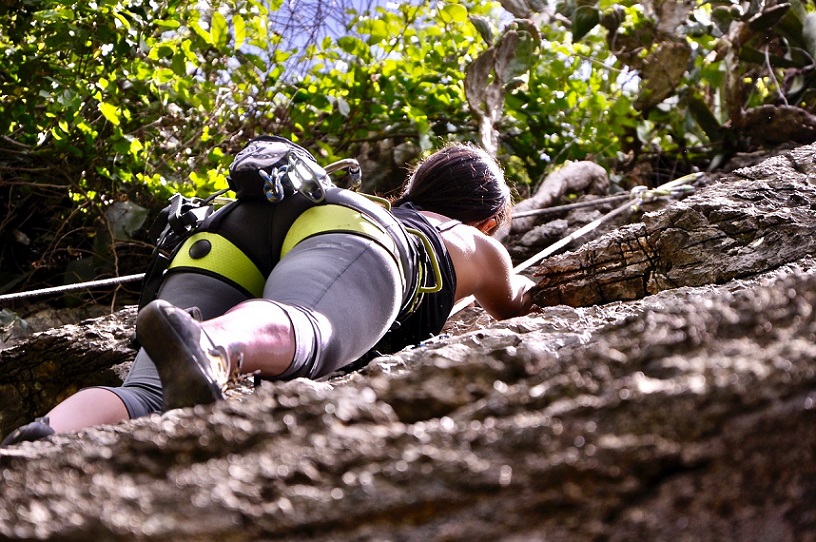As a beginner climber, it was very overwhelming trying to find the best climbing shoes in a diverse pool of different varieties available in the market. Every beginner has numerous questions about the fit of the shoe, the shapes available, whether they are unisex or gender-specific, and the prices. Climbing shoes are not that cheap, which is why having the right pair is essential.
One pair can be great for one climber and awful for the next. It is usually because climbing is a broad sport and there are different specifications for the different sub-disciplines. However, before you plunge in and buy a pair, there are some things you should know that will make it easier for you to find the right pick that will be perfect for you. In this guide, I will take you through entry-level shoes for climbers and explore the top ten picks for beginner climbing shoes.
| Shoes | Closure | Lined/Unlined | Country of manufacture | Price |
| BUTORA ENDEAVOR | Velcro | Lined – Minimal stretch | Korea | |
| SCARPA HELIX | Lace-up | Unlined – Will stretch | Italy | |
| SCARPA ORIGIN | Velcro | Unlined – Will stretch | Italy | |
| LA SPORTIVA TARANTULA | Velcro | Unlined – Will stretch | Italy | |
| LA SPORTIVA FINALE | Lace-up | Unlined – Will stretch | Italy | |
| EVOLV DEFY | Velcro | Lined – Minimal stretch | US | |
| EVOLV ELEKTRA | Velcro | Lined – Minimal stretch | US | |
| MAD ROCK FLASH 2.0 | Velcro | Lined – Minimal stretch | China | |
| FIVE TEN ROGUE VCS | Velcro | Unlined – Will stretch | US | |
| SO ILL KICK | Velcro | Unlined – Will stretch | US | |
1. BUTORA ENDEAVOR: Best climbing shoes for beginners
The Butora Endeavor shoe is made in men’s wide and men’s narrow, as well as women’s wide and women’s regular. The front of the shoe is made from a special synthetic microfiber that is very helpful in maintaining the shoe’s original shape. The back of the shoe is made from natural leather for breathability and comfort. It is lined with 100% organic hemp fabric that helps to minimize stretch and foot odor. It has a moisture-wicking, split leather footbed that is very comfortable and fits your toes well. This pair has a super sticky, 100% Butora rubber sole that ensures maximum grip.
Pros
- The zig-zagging Velcro straps provide a snug, customized fit.
- The unique mix of leather and synthetic fiber on the upper part offers comfort and breathability to the areas where you need them most.
- It has a great prize for the quality and construction.
- It comes in both men’s and women’s fits.
Cons
- It is not great high-level climbing.
- The company is not popular, and it can be hard to get it.
2. SCARPA HELIX: Best outdoor climbing shoes for beginners
The Scarpa Helix shoe is available for both men and women in an extended size range and half sizes. The suede upper allows the shoe to slightly stretch for your comfort. It has a flexan midsole that gives ultrathin support for beginners. It has a padded tongue for comfier crack climbing, a Vibram XS Edge rubber sole that enhances grip, and a to-the-to lace-up system that is great for all shapes and sizes. The Scarpa Helix also has a toe and heel cap cushioning, and it has no lining and therefore minimal stretch.
Pros
- The highly adjustable lace-up system makes it easier to find the right fit.
- The sole is grippy and can hold on to even small ledges.
- It can be upsized or downsized based on activity.
- It can be resoled.
- The toe and heel are capped to ensure your toes have more of a barrier than only a single layer of suede.
Cons
- The extended wear can leave the shoe feeling a little loose after a while.
- It is not great for advanced outdoor climbing.
3. SCARPA ORIGIN: Excellent craftsmanship at a bargain price
The Scarpa Origin is made in men’s and women’s sizes. It has a flat profile that is great for beginners who are just learning how o step on small footholds. It has an upper suede leather and hook-and-loop straps that keep the foot well positioned. The flexan midsole helps to keep a balance between edging and friction. The Scarpa Vision rubber sole increases the durability of the shoe on different surfaces. The sticky sole is great for beginners who are not great with their footwork.
Pros
- It is very versatile and is great for both indoor and outdoor climbing.
- It is very flexible.
- It is well suited for a wide range of different climbing styles.
- Very affordable.
Cons
- It is not always true to size.
- It needs a lot of care when maintaining it because it is made out of natural materials.
- The shoe stretches over time.
4. LA SPORTIVA TARANTULA: Best all-terrain climbing shoes
The La Sportiva Tarantula has a rigid flat profile that is excellent for beginners because it does not contort the foot. The sole is made from sticky FriXion rubber, and it provides support over longer climbs. It has a low asymmetric last that provides a good middle ground between forced foot shape and performance. The suede leather upper can stretch over time. This means that it is a great custom fit for all shapes and sizes. The mesh tongue is great for breathability, and the adjustable hook-and-loop closure system adjusts to multiple foot widths and sizes.
Pros
- The closure system makes the shoes easy to wear and take off.
- The suede leather and meshed tongue are breathable, and they keep your feet dry all day.
- The sticky FriXion rubber grips plastic and rock equally well so you can move from the gym to the great outdoors with confidence.
- It is lightweight.
- It is an all-terrain classic climbing shoe constructed from high-quality material.
Cons
- It is made from relatively new proprietary rubber with little public recognition.
5. LA SPORTIVA FINALE: Best safety and comfort climbing shoes
The shoes come with an unlined leather upper which is more durable than synthetic materials. The La Sportiva Finale has a 5mm XS edge sticky rubber outsole that is great for grip and durability. The shoe has a powerhinge that allows it to stretch only in the back half of the show when weighed, thus leaving the toes steadily in position. The tensioned heel enhances high-end edging performance and friction that is for a safe climb while at the same time offering comfort. The lace-up system is perfect for all shapes and sizes.
Pros
- It is lightweight.
- The central perforated panel enhances breathability.
- It is relatively cheap.
- The sole allows for great grip.
- It is comfortable and ensures safe climbing for beginners.
Cons
- The lace-up system does not allow climbers to wear it fast.
- It is a low-performance shoe.
6. EVOLV DEFY (Vegan Climbing Shoe)
The Evolv Defy has a synthetic upper that does not mold your foot like leather does, but it is very comfortable. It has dual heel pull straps that are especially convenient for people who opt to wear one or two sizes small. This makes it easier for you to take the shoes off and put them on again. It is great for beginners who are not doing toe holds or heel hooks. This is because the toe box is large and it allows climbers to smear on walls as they get used to climbing. The sole is synthetic, and the shoe is asymmetrical. The outsole and midsole stretch undivided across the entire length of the foot. The insole has a nylon liner.
Pros
- It is comfortable.
- It is great for smearing.
- It has a highly sensitive midsole.
- It is affordable.
- It is vegan.
Cons
- The synthetic materials do not have great breathability.
- It is poor for edging.
- Advanced climbing is very difficult
7. EVOLV ELEKTRA (Vegan)
The upper part of Evolv Elektra is made of synthetic materials that are soft and comfortable. The VTR technology rubber enhances sensitivity when climbing and the low asymmetry allows your foot to remain flat. Taking off and putting on these shoes is quite easy. The flat design and asymmetric shape enhance grip and comfort. The synthetic materials make the shoes lightweight, and the sole makes climbing an easy learning experience for beginners.
Pros
- The shoes are lightweight.
- The materials are vegan.
- It is highly sensitive and great for beginners.
- Very affordable.
Cons
- The synthetic materials reduce breathability
- It is not great for professional climbers.
8. MADROCK FLASH 2.0
Mad Rock Flash 2.0 has a 3D modeled heel that maximizes friction and allows climbers to firmly hold their position. The midsole is made of polycarbonate which has a predictable and steady stretch. The fit is comfortable due to the shoe’s upper which is leather combined with a special material called Synflex. This combination enhances stretching and reduces the strain on your feet. The sole is Mad Rock 5.3mm rubber. The Synflex and leather combination ensures that the shoe stretches with your foot as you climb, instead of hugging it. At the heel area, the shoes have a shock gel that ensures that the shock gel absorbs any impact to your heel and your heel remains unscathed. The shoes have Velcro straps that are great for fitting and easy wear.
Pros
- The Velcro straps allow you to wear your shoes quickly.
- The shoes are incredibly comfortable.
- Your heels are always protected.
- Very affordable.
Cons
- Space at the heel and arch could lead to lower performance.
- Not many people wear these shoes.
9. FIVE TEN ROGUE VCS
The Five Ten Rogue VCS is a great all-around climbing option for the gym or outdoors. It has dual hook-and-loop closures and a perforated upper that ensures that the shoe is hugging your foot. The perforated upper enhances breathability, and the slightly asymmetric shape and flat profile paired with the moderate stiffness make the shoes great for a multi-pitch climb. The arch stops the shoe from spinning on your foot. The C4 rubber sole is sticky, and it helps you grip on to slick slabs and tiny edges. The toe edge is good for outdoor climbing.
Pros
- Comfortable due to the straps that make the shoes easy to wear and a perfect fit for all shapes and sizes.
- The toe edge is great for outdoor climbing.
- Great breathability.
- Available in lace-up and Velcro closure.
Cons
- The blue dye has been known to transfer from the shoes to the feet.
- The heel is loose for some people.
- There is dead space above the toes.
10. SO ILL KICK
The So iLL Kick climbing shoes upper is made of dyed leather. They have a padded tongue that enhances comfort, and the single strap Velcro closure system ensures that the shoes fit perfectly. The sole is made of a dark blue rubber that is sticky, and it enhances grip. The slight arch transfers tension from the toes to the heel for a better experience. They have a moderate stiffness that is great for edging and smearing.
Pros
- They are comfortable.
- The fit perfectly.
- They are aggressive and perfect for beginners.
- They are v\highly sensitive.
Cons
- The rubber at the toe wears out fast.
- They are not ideal for advanced climbing.
Choosing Your First Pair of Climbing Shoes
With so many options available, choosing the first pair of climbing shoes can be very intimidating. However, your love for climbing should not be compromised when you are picking a pair of climbing shoes because the rentals are usually disgusting and it is better to own a pair that is solely yours. Every expert was once a beginner. From my experience, I learned a few things that I think every beginner climber should know as well. Here are a few tips that I think will be very helpful in this very personal experience.
Finding the right fit
Just like any pair of shoes, a good climbing shoe is one that fits you well. It doesn’t matter what size you are, because climbing shoes come in many varieties, i.e., for narrow and wide feet, high or low feet. Every individual shoe shape or size is catered for in all the brands available. When you go shopping, have in mind these few things:
- Ensure that your toes are in a slightly crimped position and snug, but not in pain. Most people will advise you to get a smaller size because you will break into it, but as a beginner climber, comfort is as important as safety, and you will learn better footwork with shoes that do not hurt you.
- Avoid hotspots, areas that are especially uncomfortable. This includes the heel and the toe.
- Make sure your feet have proper circulation.
Features to consider
1. Shoe Type
Downturned
Being around expert climbers as a beginner, I witnessed more experienced climbers squeezing their feet into aggressively downturned shoes. This can be intimidating for beginners, but it is important to remember that even though the downturned cumber of the shoes pushes power to the toes and gives you a better foothold as you step into tiny nubbins on the rock or wall surface, this performance comes at the price of comfort.
The downturned shape forces your toes to the front of the shoe and into a claw-like position. These shoes are designed with a high tension rubber rand that puts a lot of pressure on your Achilles tendon, causing a significant amount of discomfort for beginners.
Pros
- The downturned shape puts your feet into a stronger, more powerful position compared to flat shoes. This is very helpful for climbers who take more challenging routes.
- They have stickier and thinner rubber soles compared to flat shoes which help with better grip and feel.
Cons
- They are less comfortable compared to flat shoes;
- The downturned shape is not the best for smearing.
- The stickier rubber and thinner soles wear out faster compared to flat shoes.
Flat
These shoes offer a relaxed and comfortable fit for all-day wear. They allow your toes to lie flat inside the shoes and they are great for beginners who are just starting to get their footwork fundamentals down. They are also great for experienced climbers who prefer comfortable, all-day shoes for long multi-pitch climbs. The soles are thick and less sticky.
Pros
- They provide all-day comfort.
- They have medium-to-stiff midsoles and thick rubber soles for good support.
- Their flat profile is great for slotting into cracks.
Cons
- The thick soles are less sensitive compared to the thin soles on downturned shoes.
- The relaxed, comfortable fit is not great for advanced climbing.
2. Softness
When picking climbing shoes, I was oblivious of the fact that the softness or stiffness matters. Sensitivity (soft) is great for smearing, and support (stiff) is great for edging.
Soft shoes
Soft shoes mold your feet, and the climbing holds. This makes it easier for climbers to have a better feel of what they are stepping on to so that they can plant their toes in a powerful position. They allow your toes to apply maximum rubber contact so that they have a better grip when gripping with the toes becomes essential. They are very comfortable even when they get out of the box, but as time goes by, they tend to have less support for prolonged climbing sessions. My first pair of soft shoes as a beginner left me feeling fatigue in my feet after climbing a long route.
Stiff shoes
Although these shoes are not sensitive, they are great for edging. Stiff soles give climbers a larger and more stable platform for them to push down on. The support is very crucial for beginners who are yet to perfect their footwork. However, they get better over time as the shoes start to break in.
Climbing shoe features
Footwear closure
- Lace-up is the most versatile style. Everyone, including myself, has experienced swollen feet when it is hot. Lace-up shoes are easy to adjust when this happens. You can loosen them up even when you are on walk-off routes, and tighten them up when you are taking a difficult pitch or climb to take the shoe’s performance higher.
- Straps, also known as hook-and-loop, offer great convenience especially when you need to slip the shoes off between climbs.
- Slip-on, often referred to as slippers, have an elastic closure system. They offer the greatest sensitivity and the lowest profile. This makes them the best for training because they do not have a stiff sole or midsole. They are great for beginners because the feet get stronger, faster. Their design also makes it easy for climbers to slot into very thin cracks.
Footwear materials
The materials used to make climbing shoes uppers are either leather or synthetic, for various reasons. Most high-performance shoes are made with synthetic materials, and many vegans opt for synthetic shoes. However, lined or unlined leather shoes are the easiest to maintain.
- Unlined leather stretch to full a full size. When picking these shoes, it is important to make sure that you can feel your toes pushing against the leather without seeing the knuckles on the surface. You should also have in mind that all leather shoes tend to have a color transfer on your feet.
- Lined leather has the stretch reduced to half a size or less. When picking these shoes, remember that they will stretch up to about 1/3 or ½ size. There is color transfer in some, but it is not as much compare to unlined-leather shoes.
- Synthetic shoes do not stretch but they slightly soften up after some time. The fit does not change, unlike the lined and unlined leather shoes. It is important to note that perforated uppers will have more give compared to solid fabric. Synthetic shoes tend to hold in moisture, so pick a pair which has material that allows your feet to breathe and wick away sweat.
Climbing shoe last
“Last” means the foot-shaped model around which a shoe is built. A shoe’s last gives it its instep height and volume, heel and toe dimensions, and width. Most climbing shoes are slip-lasted, while others are board-lasted
- Slip-lasted shoes are more sensitive and less stiff. Normally, these shoes do not have an insole, and the midsole – which is located just above the outsole – offers their “stiffness”.
- Board-lasted shoes tend to be stiffer and less sensitive. However, the comfort they offer makes them great for all-day wear.
I had a hard time understanding why whether a pair of shoes is slip-lasted or board-lasted is important, but I learned that the last determines the shape of the shoe. There are three major last shapes, i.e., flat, asymmetric, and downturned.
- Flat shoes (also called straight last) are ideal for beginners and experienced climbers who go on long, all-day climbs. These shoes are usually slip-lasted.
- Asymmetric shoes have the longest point over the big toe to increase power on the inside edge of the shoe, and they give climbers a single point of contact on the rock. Most asymmetric shoes are either moderately or aggressive downturned. Most of these shoes are board-lasted.
- Downturned shoes, also known as “cambered” shoes, bend down towards the toes. They are designed for toe and heel hooking on overhanging rocks. Usually, these shoes have an asymmetric shape, and they are perfect for difficult climbs when maximum performance and control are needed. They are usually board-lasted.
Climbing shoe outsole
The outsole is commonly known as the sole, the rubber part of the shoe that touches the rock. The type of outsole, i.e., its type of rubber and its thickness largely affect the climbing performance.
- Outsole rubber comes in many different types of rubber depending on the manufacturer. Some rubbers are stickier and softer compared to others, even if they all have good grip. The most important thing to keep in mind is that firmer rubber outsoles provide better support and edging, and softer rubber outsoles provide a better grip for smearing, even though they are less durable.
- Outsole thickness affects sensitivity and feel of the shoe. The softer the outsole, the more sensitive it is.
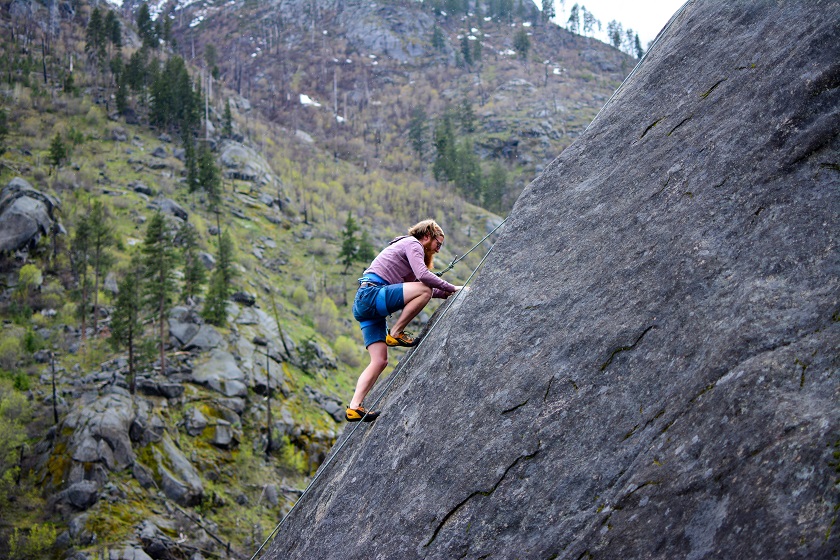
Climbing shoes fit tips for beginners
1. Buy from a knowledgeable shop
Buy from a shop that has a wide range of shoes to choose from. A good retailer will give you free advice on the model that best suits you, and they will measure your fit to get the correct shoe size.
2. Do not get them too small!
Even though experienced climber wear small sizes so that they can fit into very small holds, it doesn’t mean that you should too because it is very painful and uncomfortable. Get a size that is snug and comfortable so that you can enjoy your climbing experience. A comfortable pair will help you get your footwork right before you can try fitting into smaller sizes as an advanced climber. Comfort is key.
3. Get an all-round shoe
As a beginner, you do not need a pair of climbing shoes that’s stiff, a soft one, a flat one, etc. get a pair that you can use to climb for long sessions so that you can learn what shoe type would work better for you in the long-run.
4. How do I know they fit?
You shouldn’t have baggy bits or air pockets in the shoe. Your shoes should be snug around your feet. Make sure that you do not pull the closure completely around because when the shoe stretches, you will need extra adjustment. For people with very small feet, low-volume shoes are the best. Remember to ensure that the fit around your ankle bone is comfortable because you do not want your shoes to dig into your skin. Also, ensure that your Achilles tendon is not being pressed too hard by the shoe.
5. Should I get my street size?
Sizes vary in different brands, and within these brands, but one thing remains common; your street size could be comfortable, but you want your shoes to be snug; tight, but not too tight. You can get a half a size smaller than your street size if you want an aggressive fit, or get your regular street size if you want an all-round climbing shoe as a beginner. If the shoe is uncomfortable, there is always the option of returning it and getting the right size.
6. Read the buyer reviews
With every brand having different sizing methods, you will need to read the reviews from buyers so that you can tell how the shoes fit compared to their street size. You should know that every person has feet in different shapes and sizes, but the reviews will let you know whether the shoes you want to buy are great for you as a beginner.
7. Do some research
Before you buy climbing shoes, do some research on how different companies design their shoes. For instance, La Sportiva tells buyers to get a size or two smaller than their street size, while So iLL advice that men should get a size larger than their street size and women should get a size smaller than their street size. This is because their shoes are designed a certain way. Check out different brands and the different materials and designs and then decide what type of shoe best suits you. Also, do some research on the different types of shoes and what they are ideal for.











